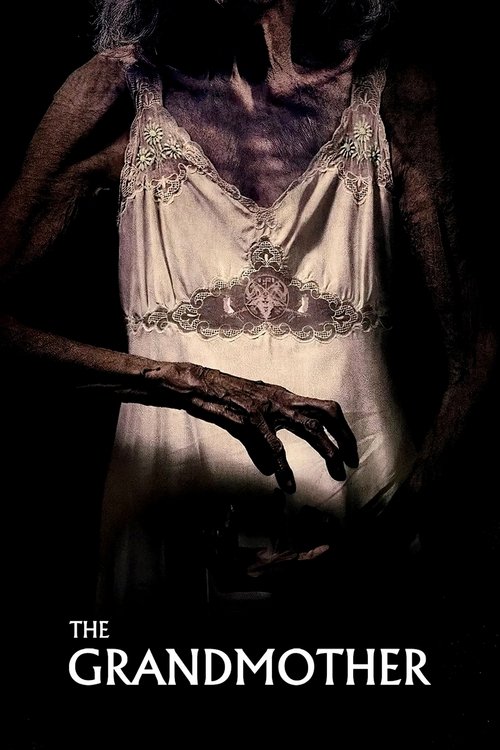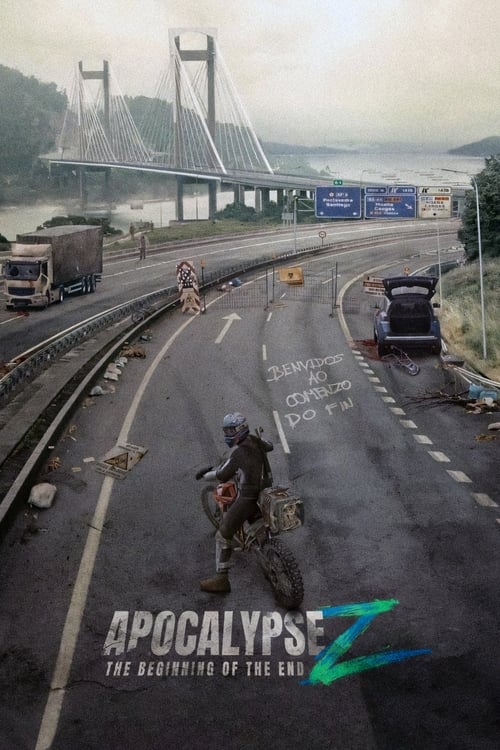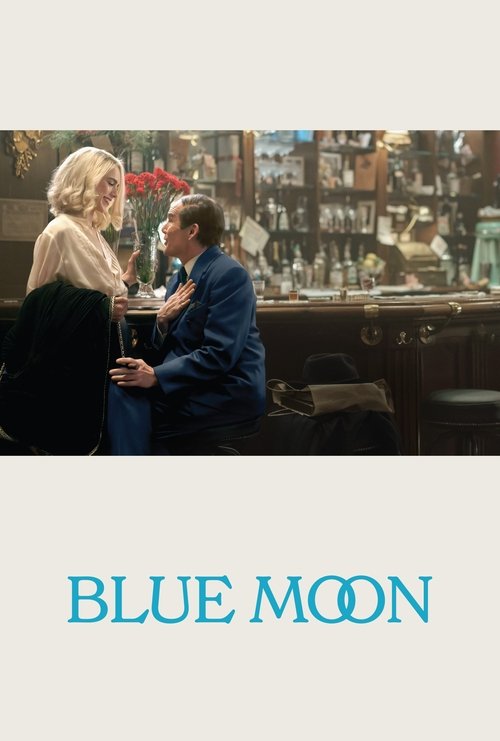
Ask Your Own Question
What is the plot?
What is the ending?
In the ending of "Legítima defensa," the protagonist, a lawyer named Ana, faces the consequences of her actions after a tense courtroom battle. The film concludes with a dramatic revelation that forces her to confront her moral choices, leading to a bittersweet resolution for her and the other characters involved.
As the final act unfolds, the courtroom is filled with tension. Ana stands before the judge, her heart racing as she prepares to deliver her closing arguments. The atmosphere is thick with anticipation, and the audience can feel the weight of the decisions that have been made throughout the trial. She reflects on her journey, the sacrifices she has made, and the lives that have been irrevocably changed by the events that transpired.
In a pivotal moment, Ana reveals crucial evidence that shifts the case in her favor. The courtroom gasps as the truth comes to light, and the opposing counsel is left scrambling. The judge listens intently, and the jury appears visibly moved by Ana's passionate plea for justice. However, as the verdict is about to be announced, Ana's internal conflict becomes palpable. She grapples with the realization that winning the case may not equate to true justice.
The jury ultimately delivers a verdict of not guilty, and Ana's relief is mixed with a profound sense of unease. She glances at the family of the victim, their faces etched with grief and disbelief. In that moment, Ana understands that her victory comes at a cost, and the emotional toll weighs heavily on her conscience.
As the courtroom empties, Ana steps outside, where she is met by her supportive partner, who embraces her tightly. They share a moment of quiet understanding, acknowledging the complexity of the situation. Meanwhile, the family of the victim is left to grapple with their loss, their pain a stark reminder of the consequences of the legal battle.
In the final scenes, Ana reflects on her choices and the nature of justice. The film closes with her walking away from the courthouse, a mixture of triumph and sorrow in her heart, symbolizing the moral ambiguity that often accompanies the pursuit of justice.
In summary, the ending of "Legítima defensa" encapsulates the intricate web of emotions and moral dilemmas faced by the characters, leaving the audience to ponder the true meaning of justice and the impact of their decisions.
Is there a post-credit scene?
In the movie "Legítima defensa," produced in 2022, there is indeed a post-credit scene that adds an intriguing layer to the narrative.
As the credits roll, the screen fades to black before transitioning to a dimly lit room. The atmosphere is tense, filled with an unsettling silence. A figure is seen sitting at a table, their face obscured by shadows. The camera slowly zooms in, revealing a set of documents spread out before them, including police reports and photographs related to the central conflict of the film.
The figure, a woman, is revealed to be a detective who has been investigating the events that unfolded throughout the movie. Her expression is one of deep contemplation, hinting at the weight of the case she is handling. She picks up a photograph, examining it closely, and her brow furrows as she uncovers new evidence that suggests there may be more to the story than what was initially believed.
As she leans back in her chair, the tension in her body suggests a mix of determination and frustration. The scene cuts to a close-up of her hand, which is tapping nervously on the table, indicating her urgency to solve the case. Just as she reaches for her phone to make a call, the screen cuts to black again, leaving the audience with a sense of unresolved mystery and anticipation for what might come next.
This post-credit scene effectively teases potential future developments and deepens the intrigue surrounding the film's themes of justice and moral ambiguity, inviting viewers to ponder the complexities of the characters' choices and the consequences that may follow.
What role does the antagonist play in the protagonist's journey?
The antagonist serves as a catalyst for the protagonist's transformation. Initially portrayed as a ruthless criminal, their interactions with the protagonist reveal layers of complexity, challenging the protagonist's black-and-white view of justice and forcing them to confront the consequences of their choices.
How does the protagonist's relationship with their family evolve throughout the film?
As the protagonist becomes increasingly consumed by their quest for vengeance, their relationship with their family deteriorates. Initially supportive, their loved ones grow concerned about the protagonist's moral decline and obsession, leading to intense confrontations that reveal the emotional toll of their actions.
What motivates the main character to take the law into their own hands?
The main character, who is a lawyer, is driven by a deep sense of injustice after witnessing a violent crime that affects someone close to them. This personal connection ignites a fierce desire for retribution and a belief that the legal system has failed to protect the innocent.
How does the film depict the legal system's response to the protagonist's actions?
The film portrays the legal system as flawed and often ineffective, highlighting the protagonist's frustration with the bureaucracy and the perceived leniency towards criminals. This depiction fuels the protagonist's descent into vigilantism, as they feel compelled to take matters into their own hands when the system fails to deliver justice.
What significant turning point occurs during the climax of the film?
During the climax, a pivotal confrontation occurs between the protagonist and the antagonist, where the protagonist is faced with a moral dilemma that forces them to choose between vengeance and mercy. This moment not only tests their resolve but also serves as a critical reflection of their journey, ultimately shaping their fate and the film's resolution.
Is this family friendly?
"Legítima defensa," produced in 2022, contains several elements that may not be suitable for children or sensitive viewers. Here are some potentially objectionable aspects:
-
Violence: The film includes scenes of physical confrontations and self-defense situations that may be intense or graphic, depicting the consequences of violence.
-
Emotional Turmoil: Characters experience significant emotional distress, including fear, anger, and desperation, which may be upsetting for younger audiences.
-
Themes of Justice and Morality: The film explores complex themes surrounding justice, self-defense, and moral dilemmas, which may be challenging for children to understand.
-
Adult Language: There are instances of strong language that may not be appropriate for younger viewers.
-
Tense Situations: The narrative includes suspenseful moments that could provoke anxiety or fear, particularly in scenes involving threats or danger.
These elements contribute to a mature tone, making the film more suitable for adult audiences.

























